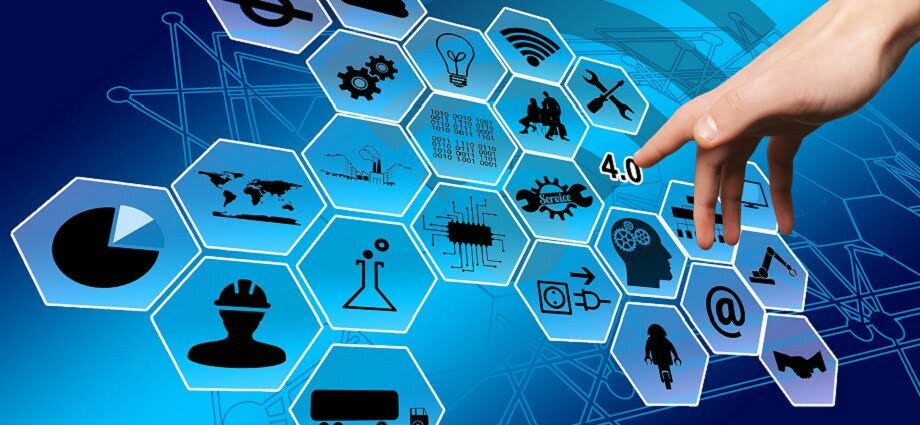The Industrial Internet of Things (IIoT) is when machines, devices, and systems in industries are connected to the internet. This connection helps them share data and communicate, allowing businesses to collect and analyze information in real-time. This helps companies improve their work and become more efficient.
IIoT is used in many industries like manufacturing, transportation, energy, and healthcare. It helps automate tasks, monitor devices from a distance, and gather data from different sources for better decision-making.
Unlike the regular Internet of Things (IoT), which connects personal devices like smart home gadgets, the IIoT focuses on industries. It often requires special equipment like sensors that can handle tough industrial conditions.
How the IIoT Differs From the Consumer Internet of Things (IoT)
The Industrial Internet of Things (IIoT) and the consumer Internet of Things (IoT) are similar in that they both involve the integration of internet connectivity with devices and systems. There are some key differences between the two:
- Scope and Focus: The IIoT specifically connects industrial systems and processes to the internet, while the consumer IoT covers a broader range, including smart home gadgets, wearable tech, and other products designed for everyday use by consumers.
- Infrastructure and Equipment: The IIoT uses specialized equipment like sensors and devices built for tough industrial environments. In contrast, the consumer IoT relies on more everyday devices like smartphones, smart speakers, and gadgets designed for home or personal use.
- Data Analysis and Decision-making: The IIoT allows businesses to gather and analyze data in real time, helping them make smarter decisions to improve operations. The consumer IoT also collects data but is more focused on offering convenience and personalized experiences for users rather than boosting efficiency or productivity.
Benefits of the IIoT
The Industrial Internet of Things (IIoT) can bring a number of benefits to organizations that adopt it, including:
- Improved Efficiency and Productivity: By enabling real-time data collection and analysis, the IIoT can help organizations optimize their processes and make informed decisions, resulting in improved efficiency and productivity.
- Increased Accuracy and Precision: The IIoT allows for the automation of tasks and the integration of data from multiple sources, which can help organizations achieve higher levels of accuracy and precision in their operations.
- Enhanced Safety and Security: The IIoT can help organizations monitor and control their industrial environments in real-time, improving safety and security for workers and equipment.
- Cost Savings: By improving efficiency and reducing the need for manual labor, the IIoT can help organizations save money on operational costs.
- New Business Opportunities: The IIoT can help organizations expand their capabilities and offer new products and services, opening up new business opportunities.
Challenges of Implementing the IIoT
While the Industrial Internet of Things (IIoT) can bring many benefits to organizations that adopt it, there are also some challenges to consider when implementing the IIoT:
- Cost and Resources Required for Implementation: Implementing the IIoT can be costly, as it may require organizations to invest in new infrastructure and equipment, such as sensors and other devices. It may also require the hiring of skilled professionals to manage and maintain the IIoT system.
- Data Privacy and Security: The IIoT involves the collection and analysis of large amounts of data, which can raise concerns about data privacy and security. Organizations must take steps to protect sensitive data and ensure that it is not accessed by unauthorized parties.
- Integration with Existing Systems: Integrating the IIoT with existing systems can be a challenge, as it may require organizations to modify their existing processes and infrastructure.
- The Need for Skilled Professionals: The IIoT requires the use of specialized equipment and infrastructure, and it may be necessary to hire skilled professionals to manage and maintain the IIoT system.

